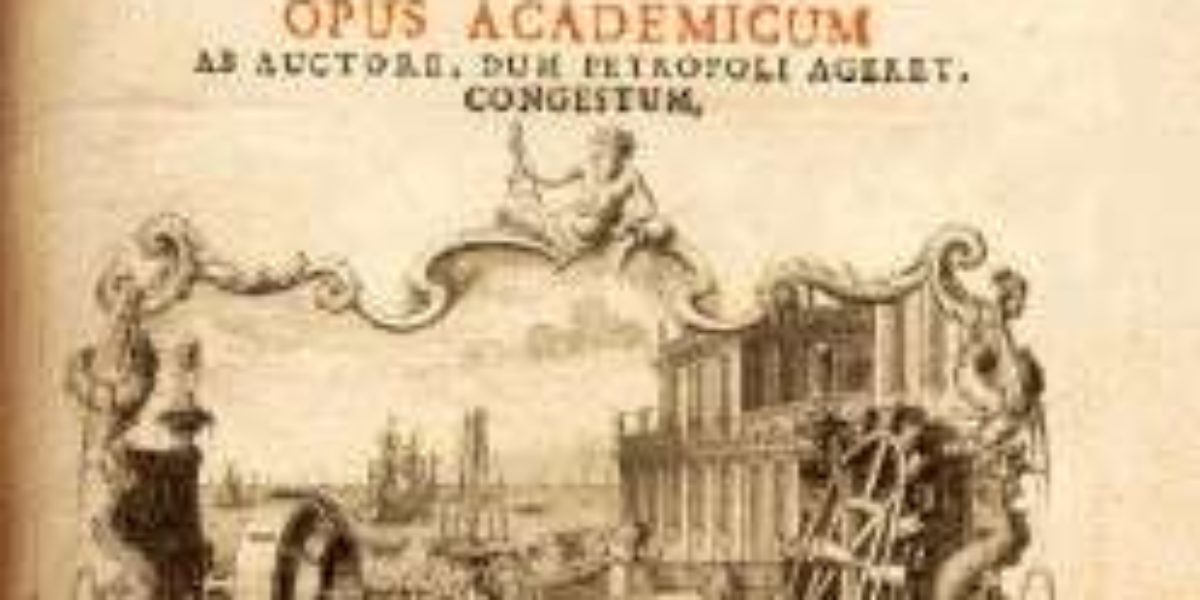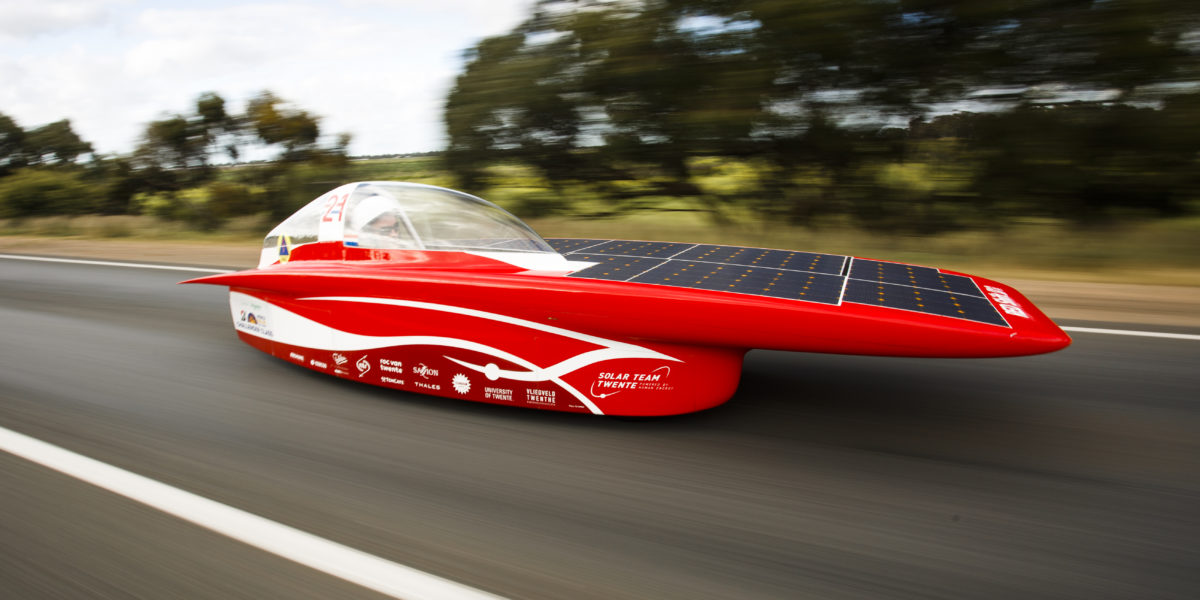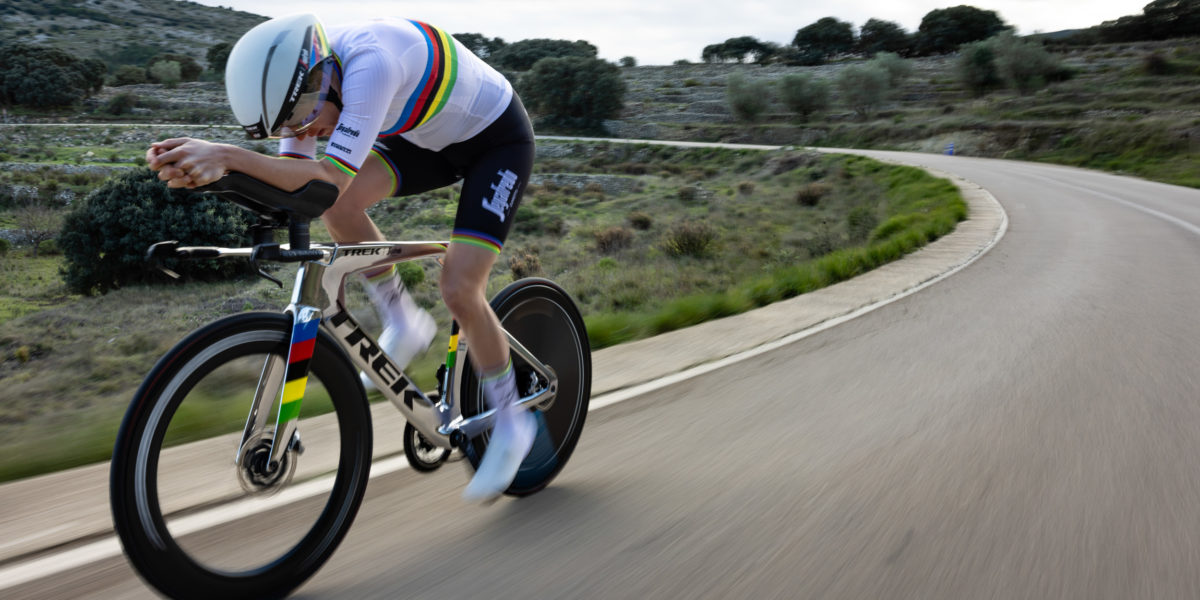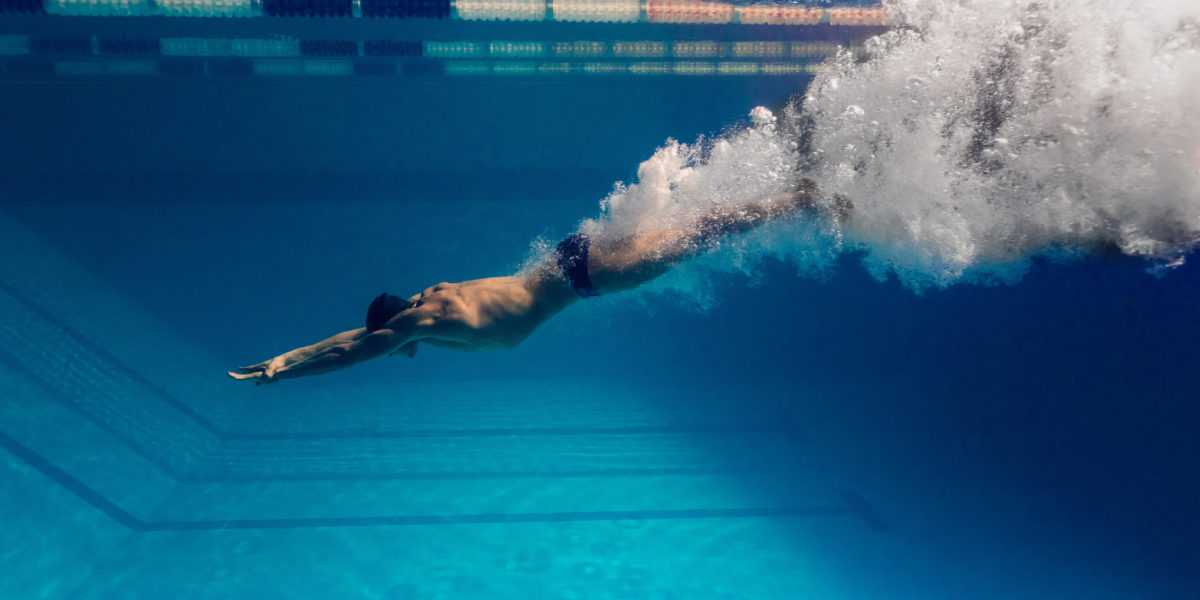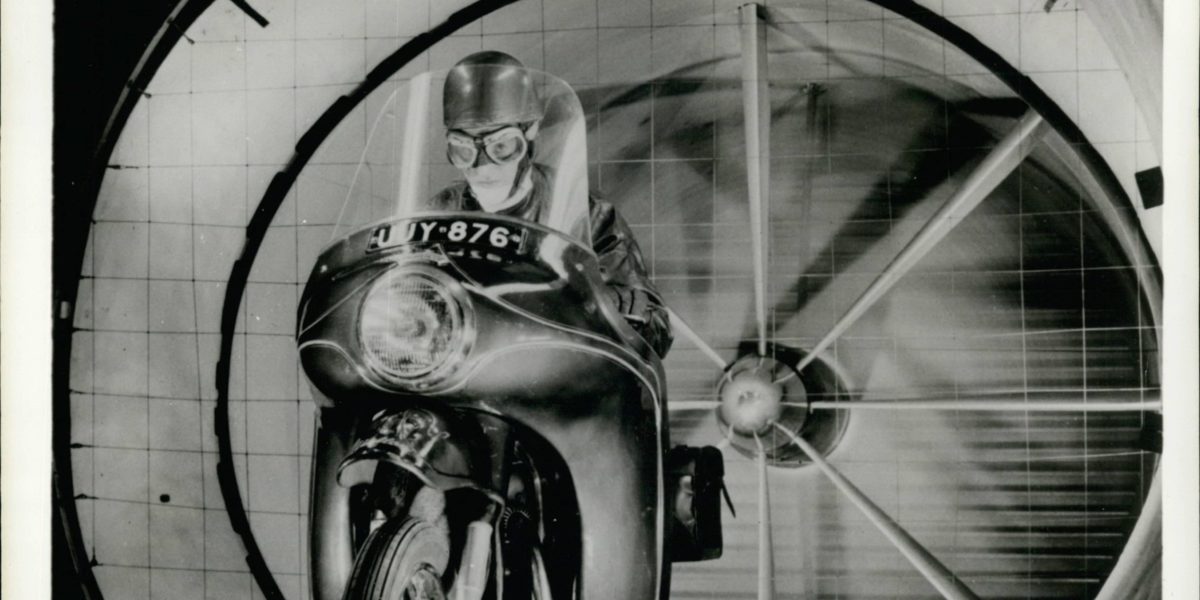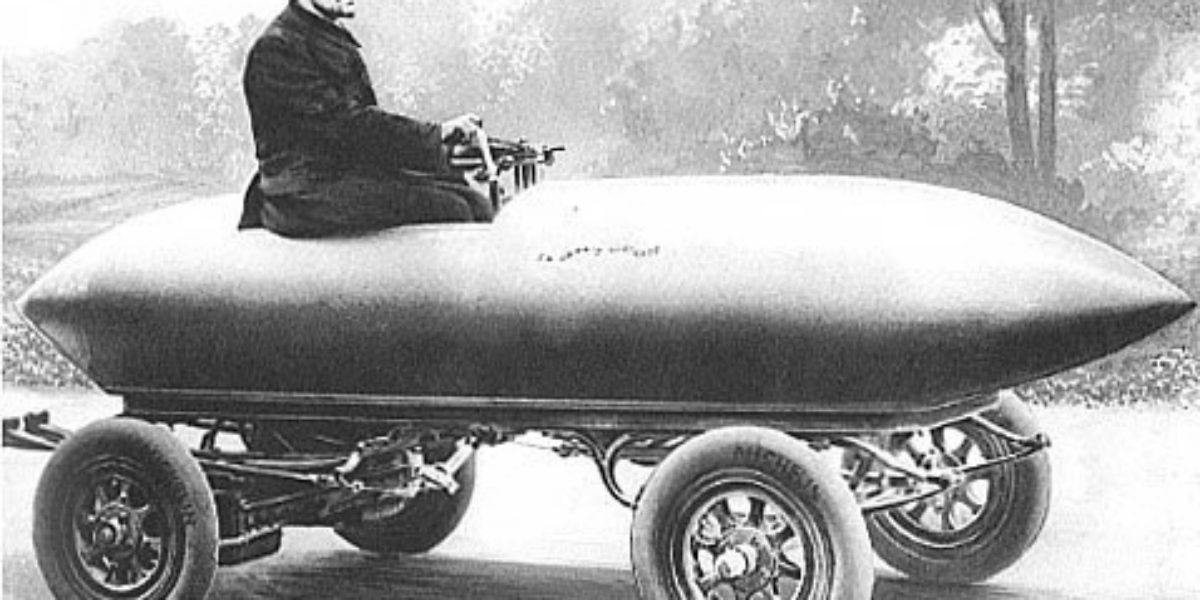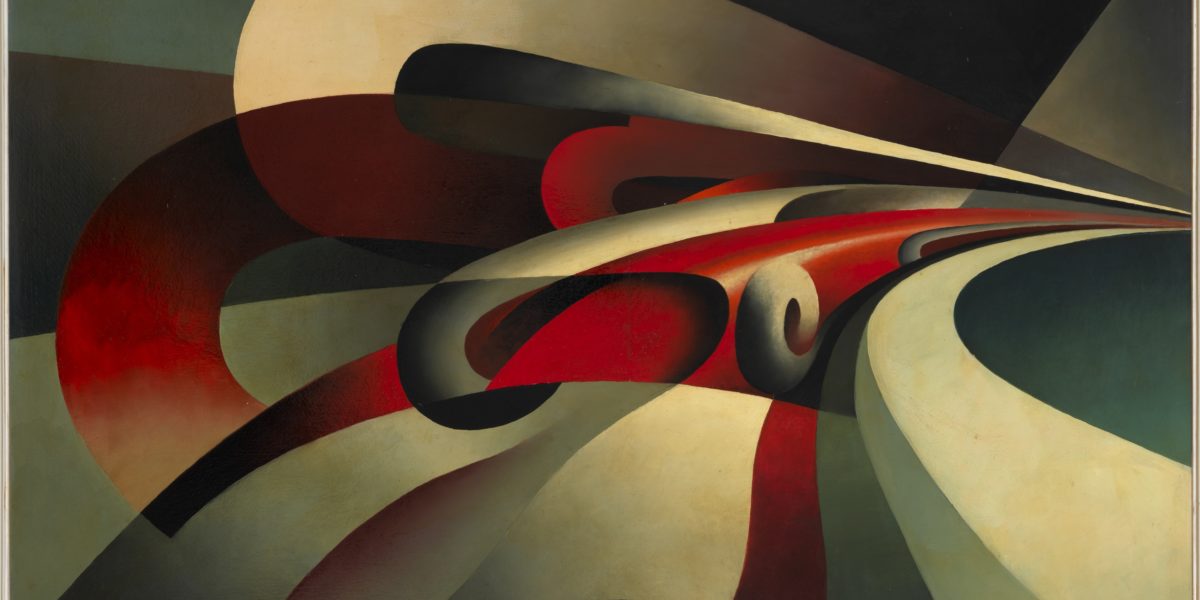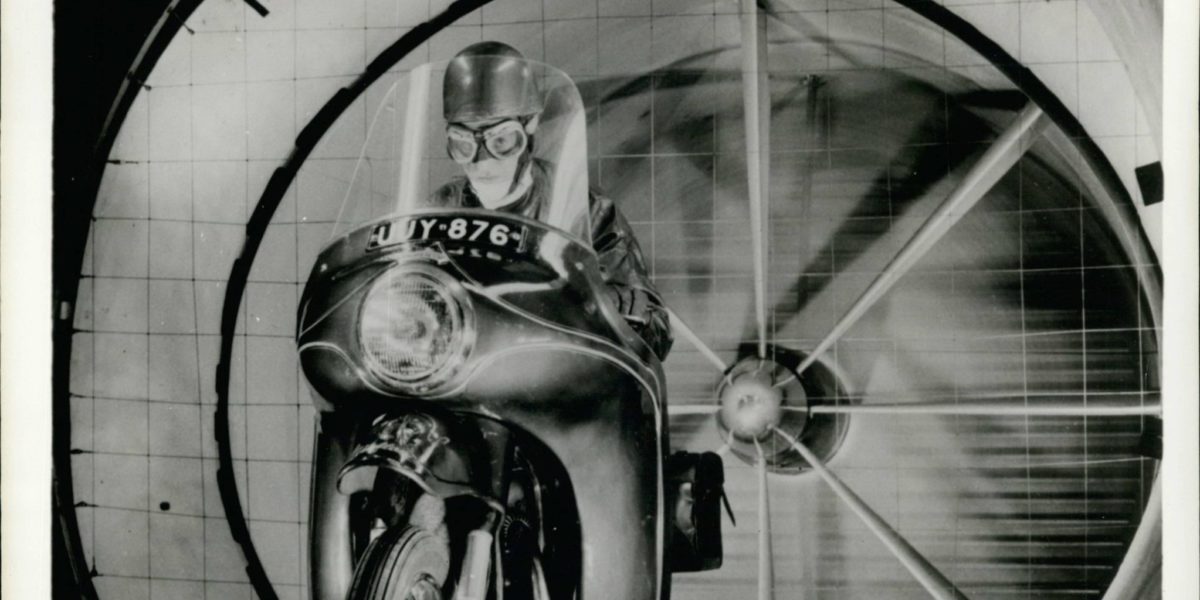The streamline heralded in a new kind of modernity. The ungainly, smoking engines of the nineteenth century were now obsolete. The new shape was characterized by a closed exterior, the hiding away of loose and projecting components; and curved, flowing lines.
Streamlined design has often been held out as an inevitable outcome of science. This made it the symbol of a new, modern era. It is the representation of progress; a pursuit of continuous improvement and, ultimately, perfection.
Prototypes
Engineers and designers in both Europe and America tried to turn this shiny vision of the future into reality. One of the most influential examples is the ‘Rail Zeppelin’ (1929) by the German engineer Franz Kruckenberg. His effort to combine aeronautical and train technology caused a global furore.
In the United States, the designer Buckminster Fuller presented his famous Dymaxion Car at the 1933 Chicago World’s Fair. The experimental car had a distinctive, elongated shape and a unique steering system based on the rudder of ships. However, this made the car difficult to steer at high speeds.
The eye-catching Schlörwagen (1939) invented by Karl Schlör, another German, had exceptionally little drag, but the car was also hard to steer in a strong wind because of its wing-like shape. The Second World War put an end to its development and the only prototype disappeared.
Flowing form
The flowing streamline shape was not just based on science. This is evidenced by the many artists and architects who used it in a much more artistic way. The German architect Erich Mendelsohn declared that the haste of modern man can only be surpassed by ‘the most perfect speed’. In flowing, smooth lines, he drew buildings that were best viewed from a passing car.
